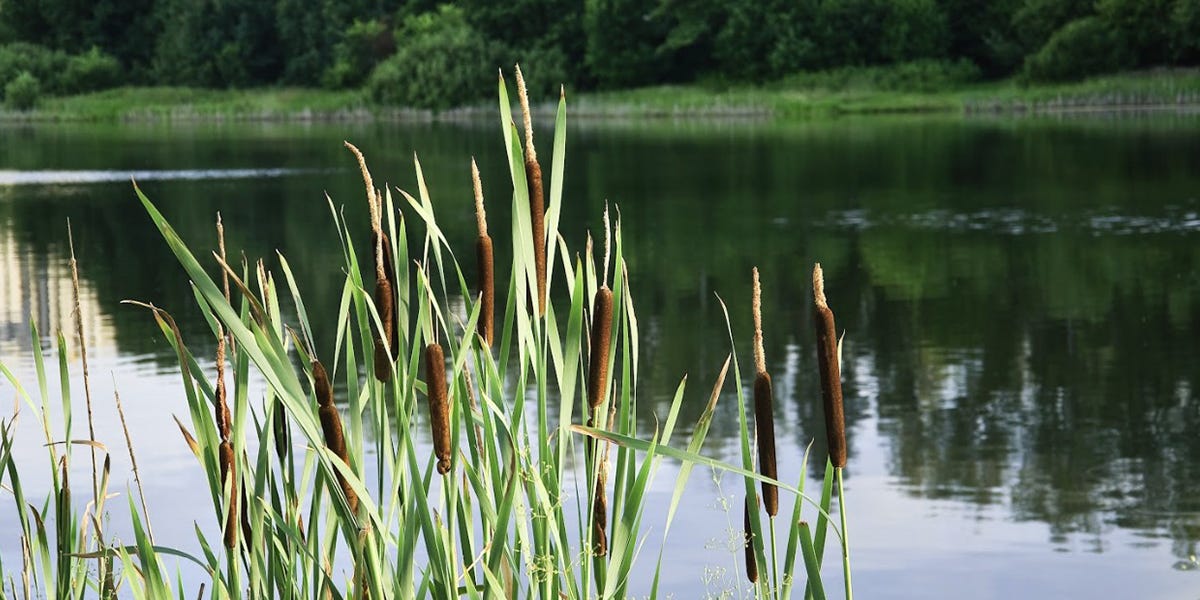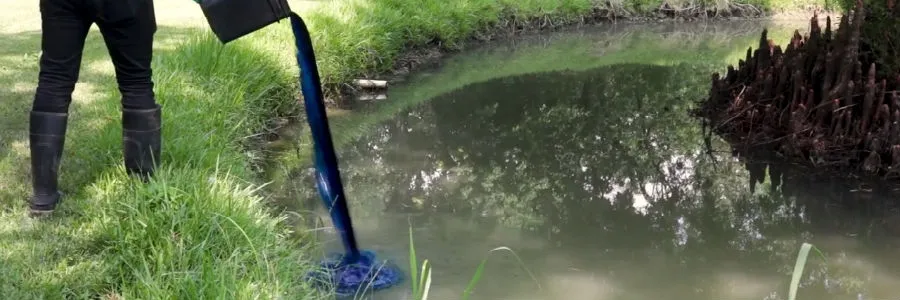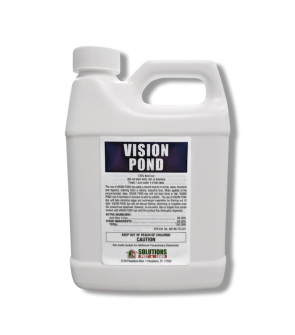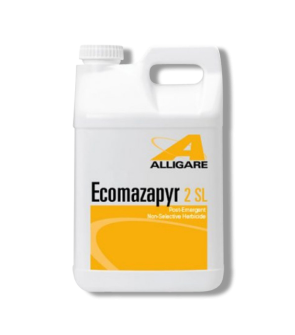Gain access to personalized product screening, the best pricing, rewards, and more!
Most Effective Products
Cattail Control: How To Get Rid of Cattail
This page is a general cattail control guide. Using the products and methods suggested, you will get control of cattails. Follow this guide and use the recommended products; we guarantee 100% control of cattails.
Cattails, also known as bulrush, reedmace, corn dog grass, punks, cumbungi, raupo, cat o'nine tails are a common aquatic weed known for its distinctive appearance: a long cigar-shaped brown flower spike. This emergent weed sticks prominently out of the water and can be an eyesore on water bodies.
When the conditions are favorable, cattails can grow and spread quickly via its root system. They will easily outcompete any other plant for resources. Cattails are not all bad, though, as they do provide some benefit to the ecosystem. They offer an excellent habitat for wildlife wherever they are growing. The problem arises when the plant reaches the point where its thick stands can overtake your pond, ruin the aesthetics, and interfere with recreation. That’s when action needs to be taken.
If cattails are invading your pond, lake, or other body of water, this DIY guide will help you get rid of the infestation by using our professional-quality aquatic herbicides.
Identification

Make sure that you are indeed dealing with cattail by adequately identifying it. Misidentification can lead to wrong treatment methods, which wastes your time and money. Below, we have shared some identifying traits of cattail:
- Cattails are tall, upright perennial plants that grow to be 5-10 ft. tall and 1-2 inches wide.
- The leaves look like giant blades of grass. They are long, flat, and have a brown cigar-shaped head stalk at the end. The base may feel spongy because it contains air tubes called aerenchyma, which allow oxygen to reach the roots.
- Cattails have both the male and female flowers on the same plant. The male starts off as green, then turns into a yellow, club-like spike flower on the top when it releases pollen. The female part has long hairs on the bottom portion. It will start off covered in sheath and colored green until the flowers mature. After pollination, the male flower will fall off, causing the cattail to bloom into a brown, cylindrical shape. When mature, these brown cattail spikes will turn into fluffy white plumes filled with seeds that are easily carried by the wind.
Use our description and image to help you identify whether the plant you are dealing with is cattail. If you need assistance, contact us; we will help you correctly identify the plant and offer control recommendations.
Inspection

After you have confirmed that you are dealing with cattails, we recommend conducting a thorough inspection and survey of the body of water where the cattail is growing. This will help you determine how much product you need and where to focus your treatment.
Where To Inspect
Cattails are usually found in dense stands within fresh to slightly brackish waters.
Examples of these sites are swamps, marshes, bogs, wetlands, coastlands, ponds, lakes, and moist ditches along the sides of roads.
What to look for
Cattails bloom in the summer to early fall from May to August, depending on the species.
During the early spring, look for young green shoots emerging. Their hotdog-on-a-stick flowers will start to show during the summer to early fall.
Treatment
When approaching cattail control, there are several options that you can try to eliminate their invasion, but few are very effective. Mechanical control by using a backhoe can work, but depending on how many cattail plants you have to cut down, it could be quite a heavy chore. We wouldn’t recommend physical removal by hand.
The best option is to use aquatic herbicides. These work very effectively and are good for when you do not have the energy or time to remove weeds through the more labor-intensive means of control.
Our top recommendation for treating cattails is Ecomazapyr 2 SL Herbicide. This product can be used to treat cattails along terrestrial and marginal areas.
Step 1: Prepare and Mix the Ecomazapyr 2 SL Herbicide

Determine how much Ecomazapyr 2 SL Herbicide you will need based on the square footage of the treatment area.
To do this, measure the length and width of the treatment area in feet, then multiply (length X width = square footage). For acreage, divide the square footage by one acre (square footage / 43,560 sq. ft. = acre).
Apply 64 fl. oz. of Ecomazapyr 2 SL Herbicide per 100 gallons of water per acre. As a spot treatment, use 0.72 to 1.45 fl. oz. of product per 1 gallon of water per 1,000 sq. ft.
Applications must be made with a large-volume application equipment such as a spray rig, watercraft, or by helicopter. Spot applications should be done with a handheld pump sprayer.
Do not exceed the maximum label rate of 6 pints per acre.
Step 2: Apply Ecomazapyr 2 SL Herbicide to target Cattail
Once the product is well-mixed. Spray the mixed solution over along the shoreline. Use a fan spray nozzle to ensure an even coating on the top and bottom of the weed leaves.
This product must be applied to the emergent foliage of the target vegetation and has little to no activity on submerged aquatic vegetation.
Do not treat more than one half of the surface area of the water in a single operation and wait at least 10 to 14 days between treatments.
Begin treatment along the shore and proceed outward in bands to allow aquatic organisms to move into untreated areas.
Do not apply within one-half mile downstream of an active irrigation water intake.
Keep people and pets out of the treated area for 48 hours after application.
Prevention
Once the cattails have been removed, you must ensure these aquatic weeds do not return. Follow the suggested preventative measures to prevent cattail:
- To keep cattail from returning to your pond, we recommend applying Vision Pond Dye. Vision Pond Dye hinders plant development by blocking sunlight into the water and also gives your pond a clean blue color. Based on your pond area measurement findings, measure the appropriate amount of Vision Pond Dye into a bucket. The label recommends applying 1 quart per 1 surface acre of water at a 5-foot average depth. Pour the pond dye over the edge directly into the body of water, and the water's natural movement will disperse the dye.
- During the growing season for the plant, you can reduce water levels to ensure easier hand pulling or other mechanical means to remove cattails from the root. Cutting the top parts of the plant will not completely kill them.
Key Takeaways
What are Cattails?
- Cattails are among the most common weeds that can be problematic on bodies of water like ponds, lakes, or marshes. Cattail is characterized by a unique spongy brown flowering spike with leaves resembling a sword and flower heads that look like medium brown hotdogs. Cattails are very aggressive plants. They spread thickly and rapidly. Under the right conditions and left unchecked, they can grow into a network of tightly wound, impenetrable strands that can quickly take over the open water.
How To Get Rid of Cattails
- Ecomazapyr 2 SL Herbicide is our go-to recommendation for treating cattails.
Preventing Cattail Reinfestation
- Apply Vision Pond Dye after the cattail has been treated to discourage it from regrowing. Pour the dye into your water body and allow it to disperse.











